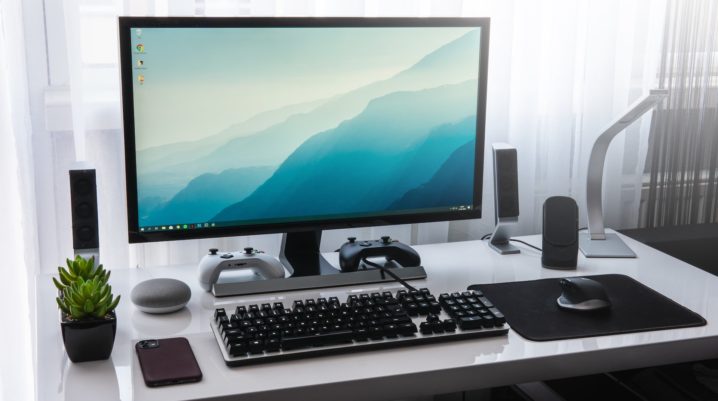
It’s no secret that Windows operating systems can trigger some pretty nasty errors that could make you wonder why you couldn’t comply with physical newspapers and needed a PC instead. That’s why a lot of people migrate from Windows to macOS or even Linux. They prefer to use the complicated interface of a Linux distribution, in which they have to enter a password for just about anything, instead of dealing with Windows operating systems anymore.
However, the truth is that using a Windows operating system can still be a pleasant experience as long as you know what you’re doing. After all, the internet is teeming with tutorials and how-to’s just in case something goes wrong with just about anything that has to do with software or hardware.
From time to time, the 0x0 0x0 Windows Error Code will do its evil scheme, potentially making you pull your hair out. But instead of smashing your PC with a sledgehammer or throwing it out the window, you need to know that there are much more peaceful and efficient methods to deal with such a situation. But first of all, we need to understand why such an error occurs in the first place, so feel free to keep on reading!
Error Code 0x0 0x0: What does it mean?
When Error Code 0x0 0x0 kicks in, it means that there’s a malfunction within the crucial components of your copy of Windows. If you wonder what could cause the issue, well, there’s no definitive answer to that dilemma. Factors such as disrupted services, obstructed processes, or apps that become unable to access essential files could trigger such errors.
How to fix Error Code 0x0 0x0
There are several possible fixes to the problem, so feel free to apply each of them at a time and check to see if anything has changed:
Quit any programs that could trigger a conflict
Apps might collide with one another and trigger the pesky error. If that’s the case, here’s what you need to do to solve the problem:
- Access Task Manager.
- From the Task Manager window, you will have to right-click on the app which could be causing conflicts.
- Select “End Task” from the menu.
- Repeat the same process for other apps that could be triggering such a problem.
Run your PC in Clean Boot State
You can detect a lot of problems with your PC if you simply run it in a clean boot state. Here’s what you need to do:
- Access the Settings menu of your Windows operating system.
- Type in “msconfig” and hit Enter to access the System Configuration window.
- Switch to “Boot.”
- Check the “Safe boot” box, which is followed by “Network,” then hit the OK button.
- If no more errors occur, you will have to re-enable services and programs one by one to find the cause.
Disk Cleanup
Did you know that Windows operating systems have a built-in function to clear out unnecessary and temporary files from the PC? Therefore, try to clear out such files through the Disk Cleanup function in the following way:
- Press Windows + R to launch the Run Command feature.
- Type in “Cleanmgr.exe” and smash the Enter button.
- Select the files that you need to be deleted from the Disk Cleanup function that appears.
Update Windows
Outdated Windows operating systems could trigger errors from time to time. In other words, it’s always a good idea to use the latest update available. Here’s what you need to do:
- Access the Settings menu of your Windows operating system.
- Head over to “Windows Update” and select “Check for Updates.”
- Select “Download and Install” to grab any updates that might be available.
It’s worth keeping in mind that although Error 0x0 might be scary at first, it cannot inflict damage on your PC.
